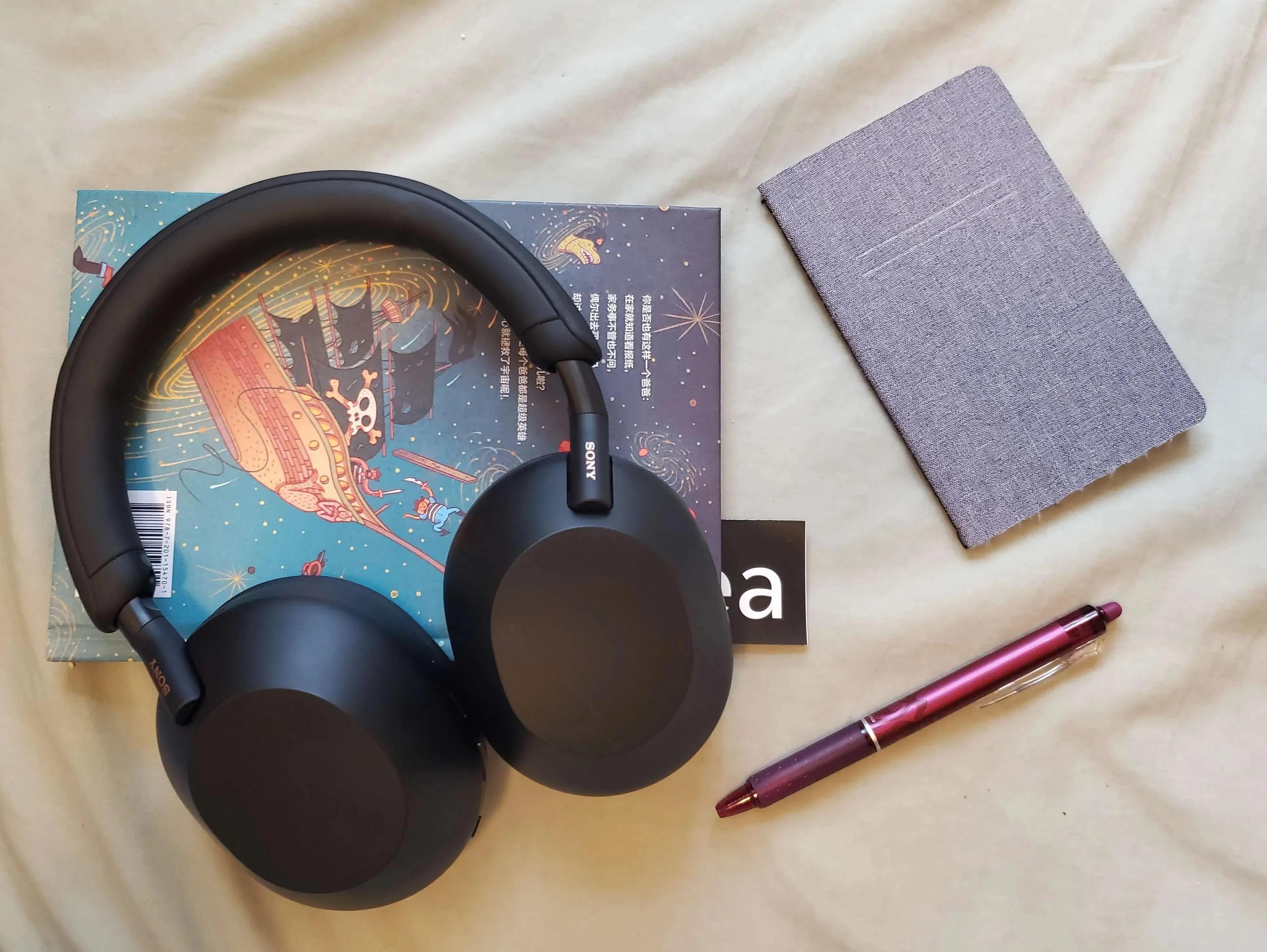In a major cross-platform update, Google has enabled its Quick Share feature on Pixel 10 devices to work seamlessly with Apple’s AirDrop, allowing users to transfer files between Android and iOS without relying on third-party apps. This announcement marks a big step toward compatibility between the two ecosystems.
Here’s a detailed look at how it works, what it means for users, and why Google’s approach is significant.
Why This Is a Big Deal
For years, sharing files between Android and iPhone users has been clunky — relying on email, messaging apps, or cloud services. Android’s Quick Share and Apple’s AirDrop were powerful tools in their own silos, but until now, there was no native cross-platform method without added friction.
By bridging Quick Share and AirDrop, Google is making the file-sharing experience smoother for people who use both Android and Apple devices — an increasingly common scenario in mixed-device households.
Which Devices Are Supported — and What’s Required
-
Google’s cross-OS sharing begins with the Pixel 10 family — including Pixel 10, Pixel 10 Pro, Pixel 10 Pro XL, and Pixel 10 Fold.
-
On the Apple side, the feature works not just on iPhones but also on iPads and macOS devices.
-
To enable sharing, the recipient Apple device must temporarily set AirDrop to “Everyone for 10 minutes”.
-
Similarly, Pixel 10 users need their Quick Share visibility set to “Everyone for 10 minutes” or put their device into Receive mode.
-
When a share is initiated, the Android or Apple user sees the other’s device name for verification, helping prevent accidental transfers.
How the Sharing Works (Step by Step)
-
Prepare the Apple Device
-
Open AirDrop settings on your iPhone, iPad, or Mac.
-
Select “Everyone for 10 minutes” to make the device visible for Quick Share.
-
-
Send from Pixel 10
-
On your Pixel 10 device, choose Share → Quick Share when trying to send a file.
-
Your iPhone, iPad, or Mac will show up as a target in the Quick Share menu.
-
-
Accept on Apple Device
-
On the Apple side, an AirDrop notification pops up. Tap Accept to start the transfer.
-
Once connected, the devices will transfer data over a peer-to-peer connection — meaning the file doesn’t pass through Google’s or Apple’s servers.
-
-
Reverse Sharing Too
-
You can also go the other way: send files from Apple to Pixel. On the Pixel, set Quick Share to “Receive” or “Everyone for 10 minutes” and accept the incoming AirDrop transfer.
-
Google’s Security Approach
Google says that this feature wasn’t built with any hidden workaround — it’s a direct, peer-to-peer connection.
According to Google:
-
The implementation was reviewed by its own privacy and security teams.
-
They also hired an external security firm to pen-test the sharing architecture.
-
File content is not logged, and no extra metadata is shared during transfer.
This is important: even though the “Everyone for 10 minutes” setting makes devices more discoverable, the actual data transfer remains encrypted and private.
Why Google Did It Without Apple’s Help
-
Google says it did not collaborate with Apple to build this.
-
The solution was developed independently — Google reverse-engineered a way for Quick Share to interoperate with AirDrop.
-
According to Google, Apple hasn’t publicly confirmed or accepted this change yet.
-
That said, Google is open to working with Apple in the future to support more privacy options like “Contacts Only” mode, instead of the limited 10-minute visibility window.
Why Google Started with Pixel 10 Devices
-
The Pixel 10 series was chosen first because Google has full software control over these devices and can push Quick Share updates more reliably.
-
Restricting rollout initially allows Google to test stability, compatibility, and security under controlled conditions.
-
Once validated, Google plans to expand this Quick Share + AirDrop feature to more Android devices.
What This Means for Users
For Android Users
-
Pixel 10 owners can now wirelessly transfer files to iPhones or Macs without using third-party apps.
-
It solves a major cross-platform pain point: no need for cloud uploads, email, or file-sharing apps just to send a photo or document.
-
Peer-to-peer transfers mean the file stays local — improving transfer speeds and protecting privacy.
For Apple Users
-
iPhone, iPad, and Mac users can receive files from Android users as easily as from other Apple devices.
-
There’s limited friction: just set AirDrop to “Everyone for 10 minutes” and tap “Accept” when Pixel users share.
-
This could reduce the need for non-native apps to bridge the file-sharing gap between ecosystems.
Potential Limitations & User Considerations
-
Visibility Window: The 10-minute “Everyone” setting is temporary and may introduce privacy concerns in certain situations.
-
Device Support: Right now, only Pixel 10 devices are supported — older Android phones need to wait for broader rollout.
-
Feature Adoption: Some users may not enable the “Everyone for 10 minutes” mode, limiting convenience.
-
Battery & Connectivity: As with any peer-to-peer transfer, wireless signal strength and local connectivity (Wi-Fi / Bluetooth) could affect speed.
-
Security Mindset: While Google has third-party tested the feature, long-term trust may depend on how often the company updates this interoperability model.
Why This Move Matters in the Bigger Tech Picture
-
Cross-Platform Harmony: This update is part of a larger push by Google to make Android and iOS work better together — for example, earlier efforts around RCS messaging and anti-tracking safeguards.
-
User-Centric Design: It shows Google responding to real user frustration — people want seamless transfers regardless of device.
-
Competition and Innovation: By creating AirDrop-compatible sharing without Apple’s collaboration, Google is reinforcing its innovation muscle.
-
Privacy Focus: Google’s design underlines peer-to-peer transmission and non-logging, which could appeal to users concerned about data leaving their devices.
Early Reaction & Community Feedback
-
On tech forums and Reddit, many users are celebrating the move as a long-overdue bridge between Android and iPhone.
-
Some Pixel 10 users are already testing it: sharing photos seems fast and secure, though large file transfers depend on local Wi-Fi strength.
Looking Forward: What Comes Next
-
Rollout to More Devices
Google has stated its intention to expand this feature beyond just the Pixel 10 series. -
Improving Privacy Modes
Google may work with Apple (or independently) to support safer AirDrop modes like “Contacts Only.” -
Broader Ecosystem Support
As the feature proves reliable, more Android devices and Apple hardware (like newer Macs and iPads) may see seamless sharing. -
User Education
Google will need to clearly guide users on how to use these settings — especially how to switch AirDrop visibility and manage Quick Share options.
Google’s decision to make Quick Share interoperable with AirDrop on Pixel 10 devices is a milestone in cross-platform harmony. By enabling peer-to-peer sharing, it answers a common complaint among Android and Apple users: file sharing shouldn’t depend on cloud services or extra apps.
While this first implementation has limitations — like the temporary visibility mode — the move reflects Google’s commitment to improving the Android experience and making device ecosystems more open. If Google follows through on expanding this to other devices, it could redefine how we share data across different platforms — for good.
For now, Pixel 10 users can enjoy seamless sharing with iPhones, iPads, and Macs — and Android and Apple fans alike have reason to see more collaboration on the horizon.






